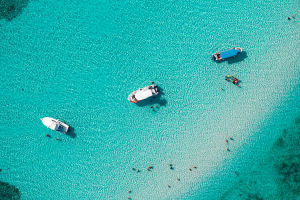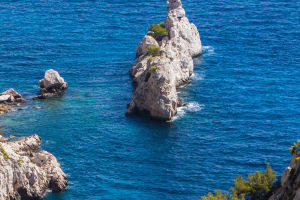Friends, prepare to step into the windswept streets of Puerto Natales, the vibrant starting point for Patagonia’s grand landscapes. This charming port town sits on the shores of Last Hope Sound, where pastel houses meet fjord waters.
Cobblestone alleys lead to lively plazas lined with artisan shops, setting the perfect scene before crossing into the wild embrace of Torres del Paine National Park. UNESCO‑recognized biodiversity and glacial marvels await. Nearby, towering granite spires pierce cobalt skies.
Town Hub
Guesthouses and boutique inns cluster near the waterfront, offering rooms from $30 per night in family‑run hostels to $120 in mid‑range hotels with private baths and panoramic fjord views. Many include breakfast featuring fresh bread, eggs, and local berries. A handful of apartments rent from $70 nightly, ideal for small groups. Evening menus showcase hearty Patagonian lamb stew for about $18.
Park Access
Official entrances to Torres del Paine National Park charge $35 for a three‑day pass, payable online or at Pudeto and Laguna Amarga checkpoints. Morning coaches depart Puerto Natales at 7:00 AM, returning last shuttle at 8:00 PM for about $27 round‑trip. Licensed guides, often certified by the Chilean Tourism Board, lead small groups through park gates, ensuring safe navigation across glacial terrain.
Trail Tales
The famed W Trek spans roughly 80 km, weaving past the granite towers, Lake Pehoé, and the Grey Glacier’s icy expanse. Self‑guided hikers should reserve refugio bunks in advance—rates start at $25 per night—or arrange guided day tours for about $100. Most complete the circuit in four days, covering 18 km each day while admiring emerald lakes and snow‑capped summits.
Sea Kayak
Guided paddling trips on Last Hope Sound depart at 9:00 AM and last 3 hours, costing around $70 per person. Operators provide wetsuits, life vests, and safety briefings before exploring sheltered inlets and sea lion colonies. Birdwatchers often spot cormorants and pink flamingos along the shores, while calm waters offer reflections of looming peaks in every direction.
Packing List
Temperatures range from 5 °C in the early morning to 20 °C by midday, with sudden winds and rain. Essential gear includes waterproof hiking boots, a breathable rain jacket, thermal base layers, and a sturdy 30‑liter daypack. Sun protection, such as broad‑brimmed hats and SPF 50 sunscreen, safeguards against high‑altitude rays. A headlamp and spare batteries prove invaluable during pre‑dawn starts.
Budget Tips
Daily expenses average $60–$90, covering dorm beds for $30, meals from $8 at local cafés, and intercity bus rides for $3–$5. Grocery shops sell fresh empanadas for $1.50 and baguettes for $2. Many farm tours waive fees with a minimum coffee purchase of $10, allowing free insights into cultivation and roasting techniques at small family estates.
Secret Spots
A short drive leads to Cueva del Milodón, where entrance fees are $6 and private transfers run $3 each way. Guided visits reveal ancient rock formations and replica skeletal remains of the prehistoric milodon. The excursion blends a 1.5‑hour hike through windswept pampas with informative commentary from certified local archaeologists, deepening appreciation for Patagonian natural history.
Local Spirit
Puerto Natales pulses with community spirit during the annual Fiesta de la Nieve in July, featuring free folk music performances and snow sculpture contests. Artisan markets dot the waterfront, offering hand‑woven textiles for $20 and lapis lazuli jewelry from $15. Savory specialties such as curanto—shellfish and meat cooked over hot stones—serve at outdoor feasts for roughly $25 per person.
Travel Route
Regular coaches depart Punta Arenas at 8:00 AM, covering 250 km in three hours with scenic fjord crossings, ticket costs about $20. From El Calafate, buses leave at 6:30 AM, traverse across the Chile–Argentina border, and arrive after 5.5 hours for roughly $30. Advance booking via reputable operators guarantees seat availability during peak months of December through February.
Best Times
Summer seasons from October through April bring longer daylight, averaging 16 hours, perfect for extended hikes. December to February marks the driest period, though winds can still gust over 60 km/h. Shoulder months of October and March offer lower rates on lodging—up to 30% off mid‑range hotels—and fewer crowds on popular trails, ensuring a more personal experience.
Final Thoughts
As gears are packed and itineraries set, memories of windswept fjords, ancient caves, and flickering campfires await. Every bus route, guided trek, and cozy inn adds to a story uniquely Patagonian. Which sunrise will beckon first—tower‑shaped peaks or mirrored lakes? Friends, chart the course that stirs the heart and embrace Puerto Natales as the thrilling gateway to a wild adventure.


